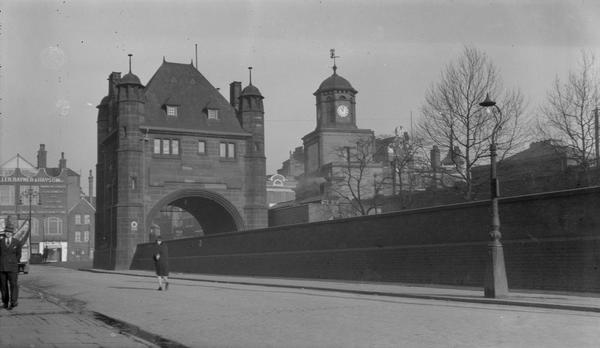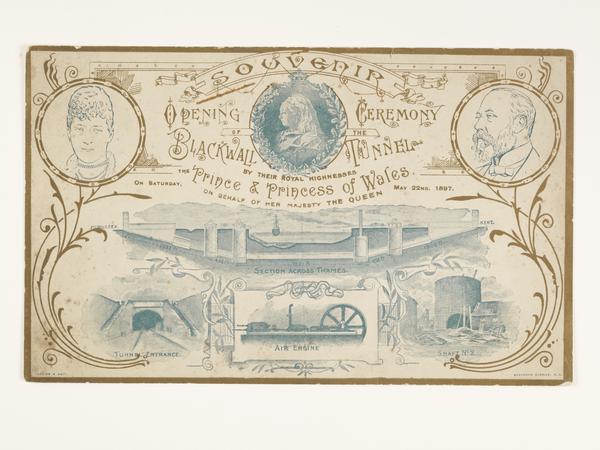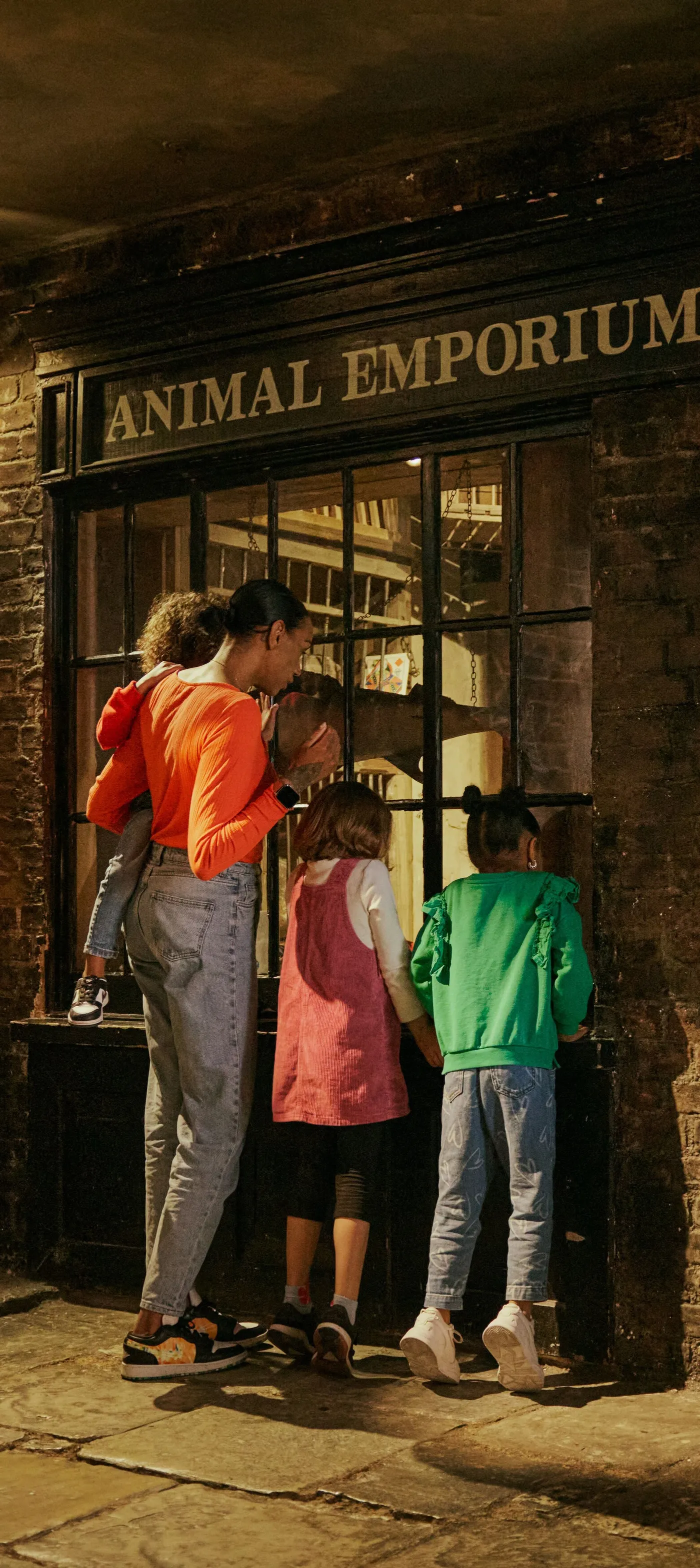A history of the Blackwall Tunnel
The words ‘Blackwall Tunnel’ don’t inspire much excitement nowadays. This River Thames tunnel, which connects Poplar and the Greenwich Peninsula, has become a frequent source of traffic jam frustration. But when it opened in 1897, the tunnel was celebrated as a much-needed new transport link connecting east and south-east London.
Tower Hamlets & Greenwich
1897
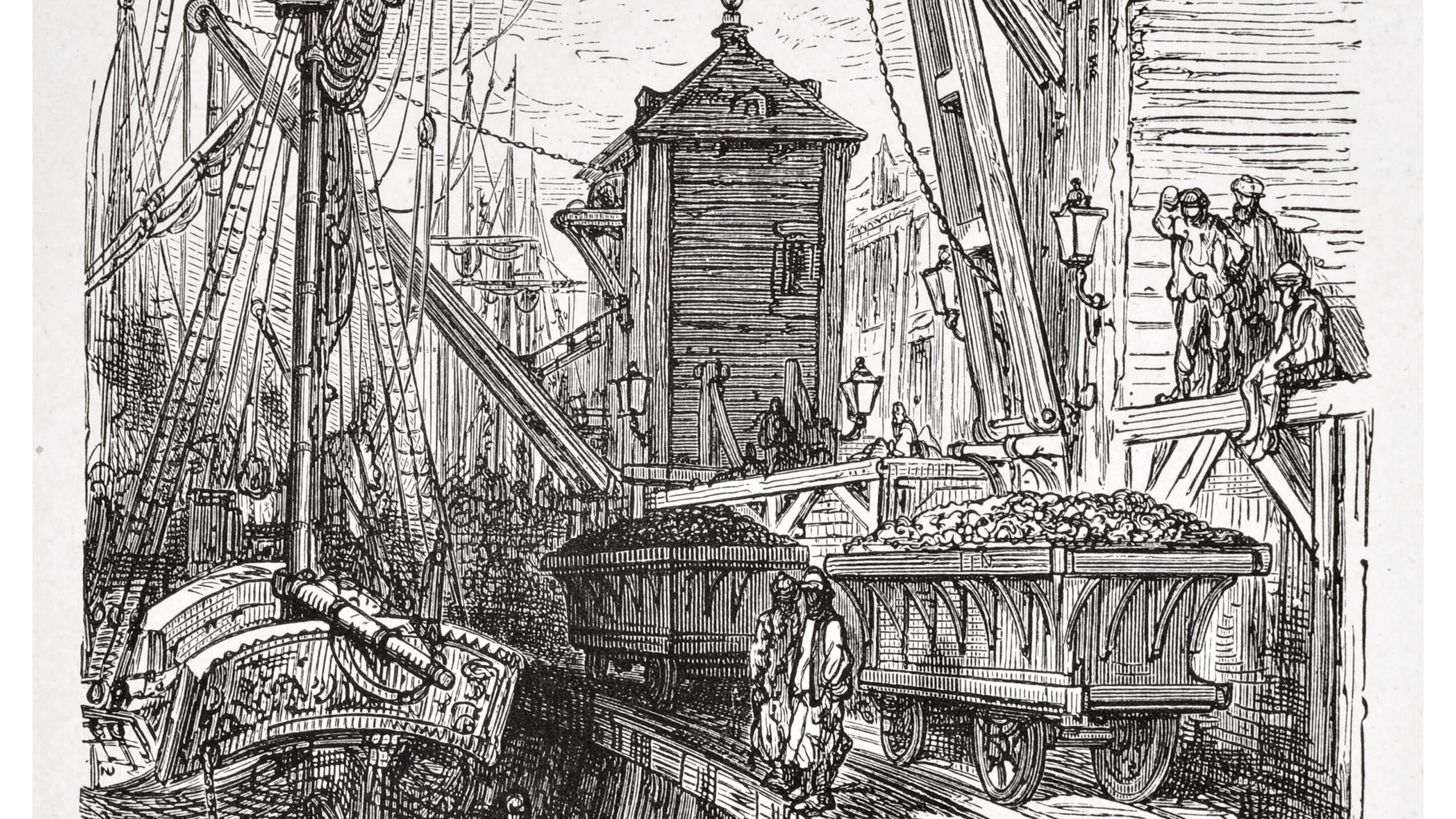
Why was the Blackwall Tunnel built?
In the mid-1880s, around two-fifths of London’s population lived east of London Bridge. As the bridge was the city’s most easterly river crossing, travelling between east and south-east London was long and difficult. The local government proposed a new crossing between Poplar and Greenwich to improve trade and transport in this part of the city.
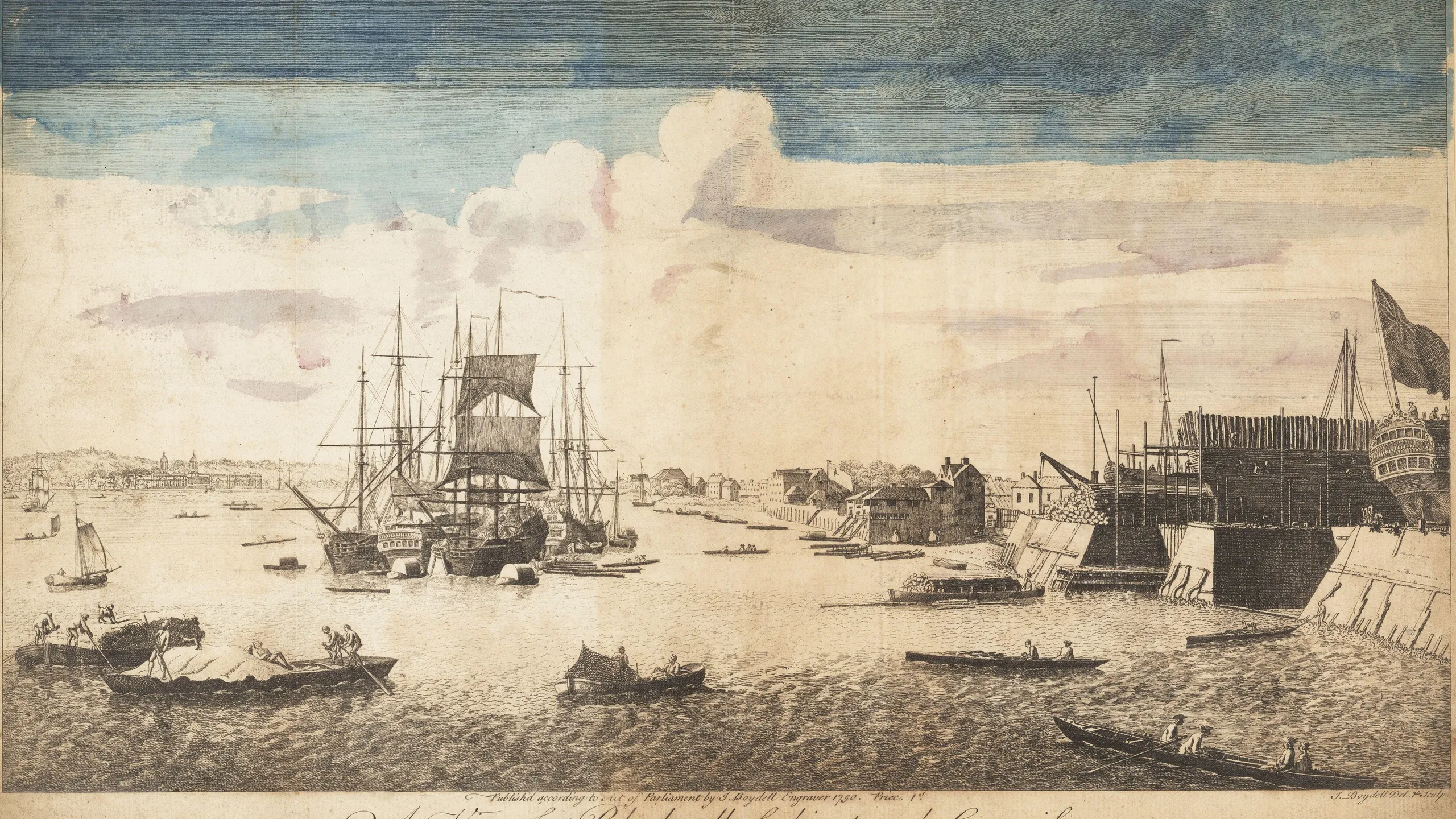
Why is it called ‘Blackwall’?
The tunnel takes its name from the historic area Blackwall, on the north side of the Thames. As early as the 1300s, there was an artificial bank here protecting the marshland from the river water. The name may have come from the dark colour of the river wall.

Who built the Blackwall Tunnel?
The tunnel was built between 1891 and 1897 to designs by the London County Council chief engineer Alexander Binnie. Originally, it was a single tunnel with room for horse-drawn vehicles and foot passengers heading in both directions. The Blackwall Tunnel was the second tunnel constructed under the river. The first was engineer Marc Brunel’s Thames Tunnel, which opened in 1843.
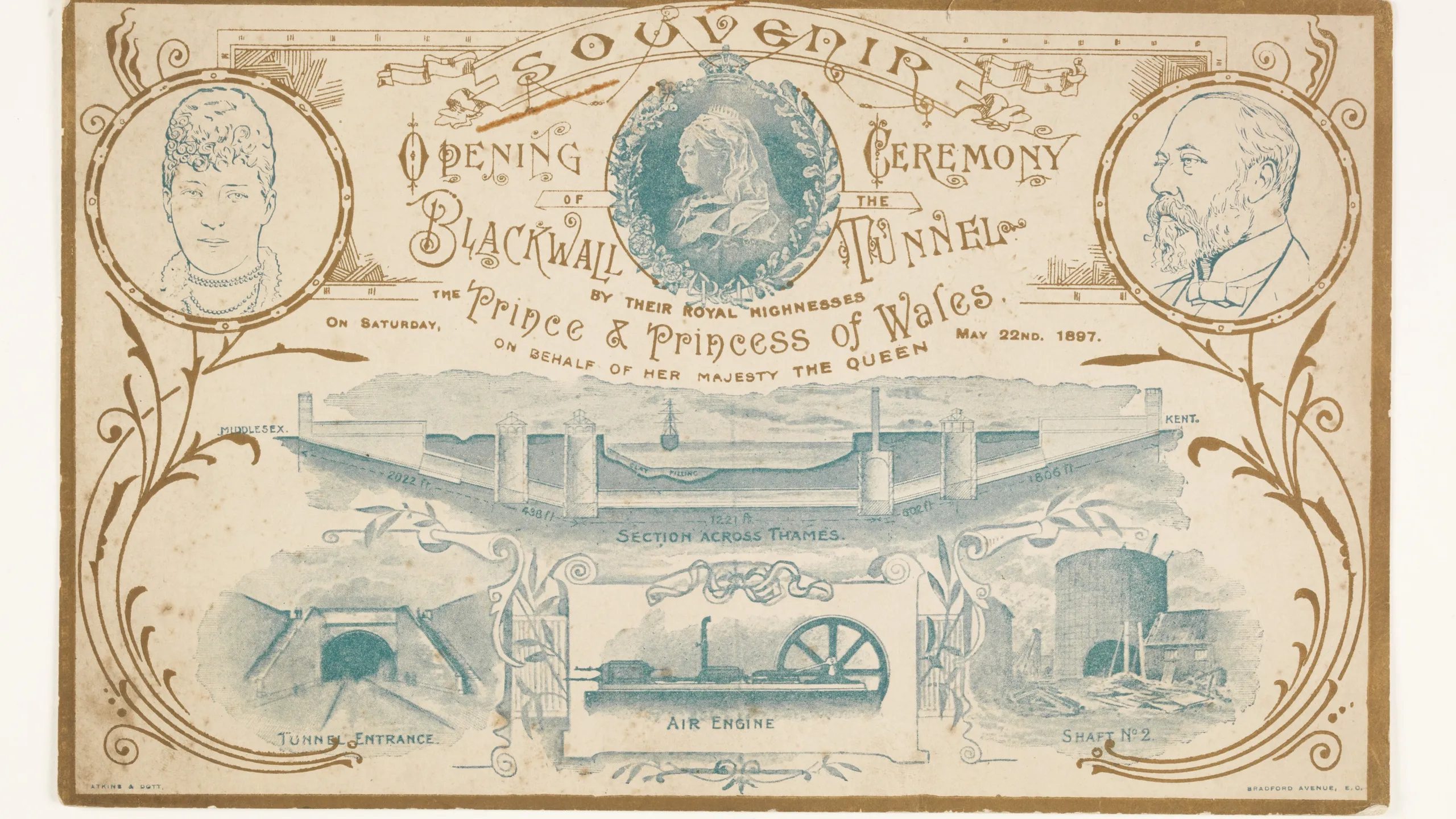
When did the Blackwall Tunnel open?
The Blackwall Tunnel officially opened on 22 May 1897. Souvenir cards like these were made to commemorate the event. Free to use, it became a popular route for those working in the nearby industries on both sides of the river. “The Blackwall Tunnel comes as a most valuable instalment of breathing-room”, wrote the Pall Mall Gazette.
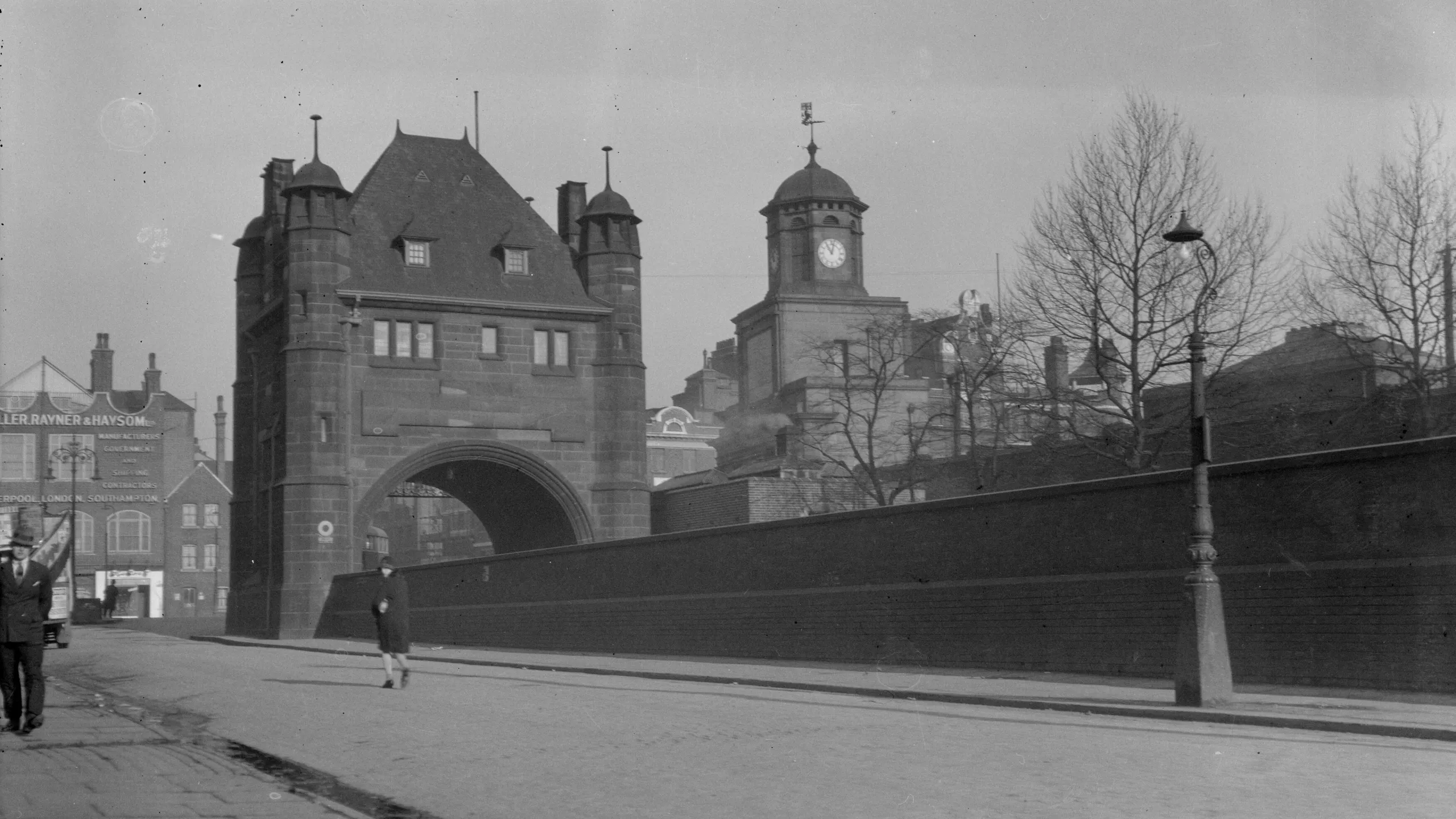
Why are there bends in the Blackwall Tunnel?
Legend has it that the Blackwall Tunnel is curved so that horses wouldn’t see the light at the end and bolt towards it. Really, the line of the tunnel was designed to avoid a main sewer and some housing.
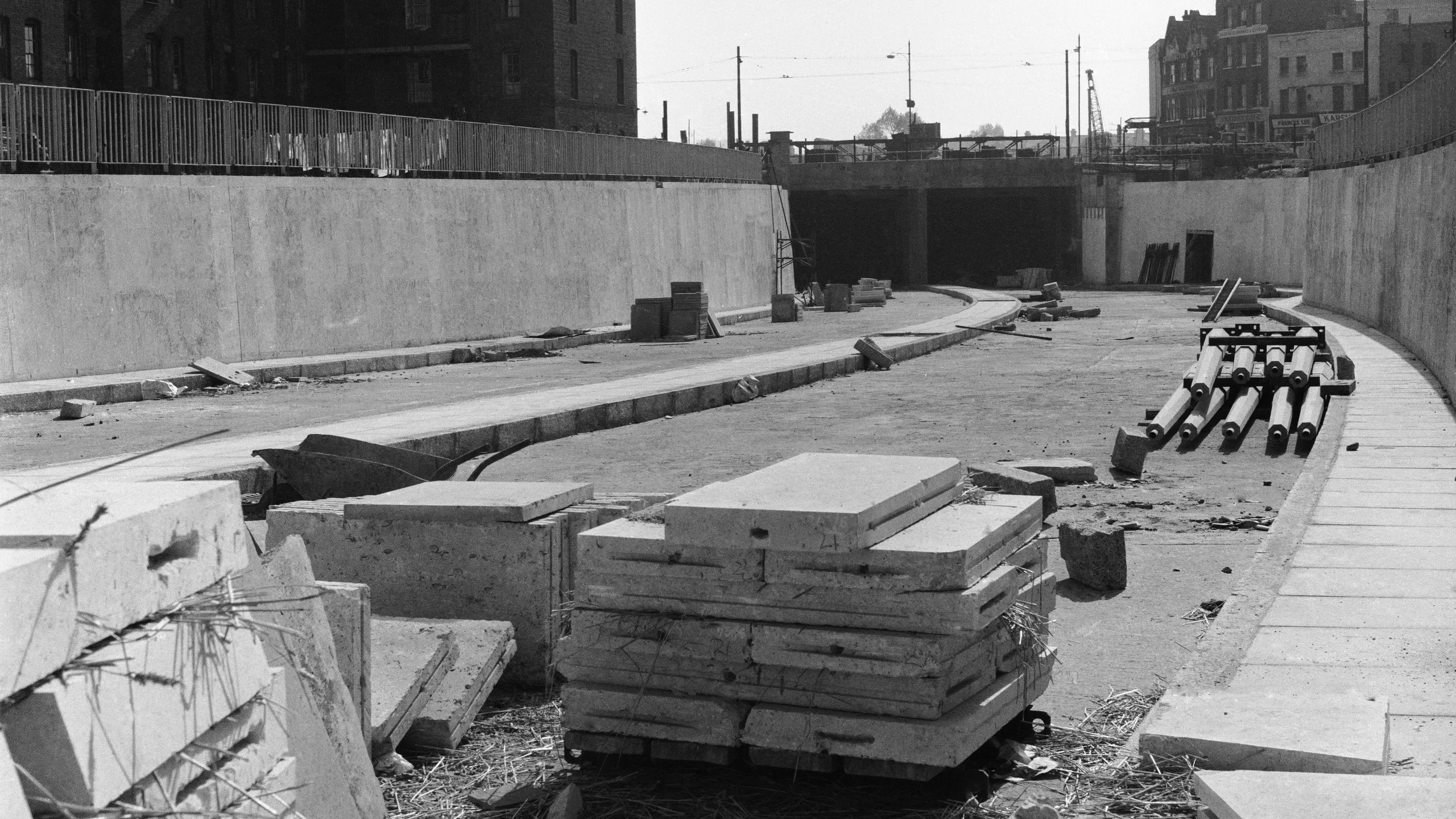
Why was a second tunnel built under the Thames?
The Blackwall Tunnel struggled to meet demand as car ownership increased in the early 1900s. A second tunnel was proposed in the 1930s and eventually built between 1958 and 1967, having been delayed by the Second World War (1939–1945). The original tunnel was used for northbound traffic and pedestrians, and the new one for southbound vehicles.
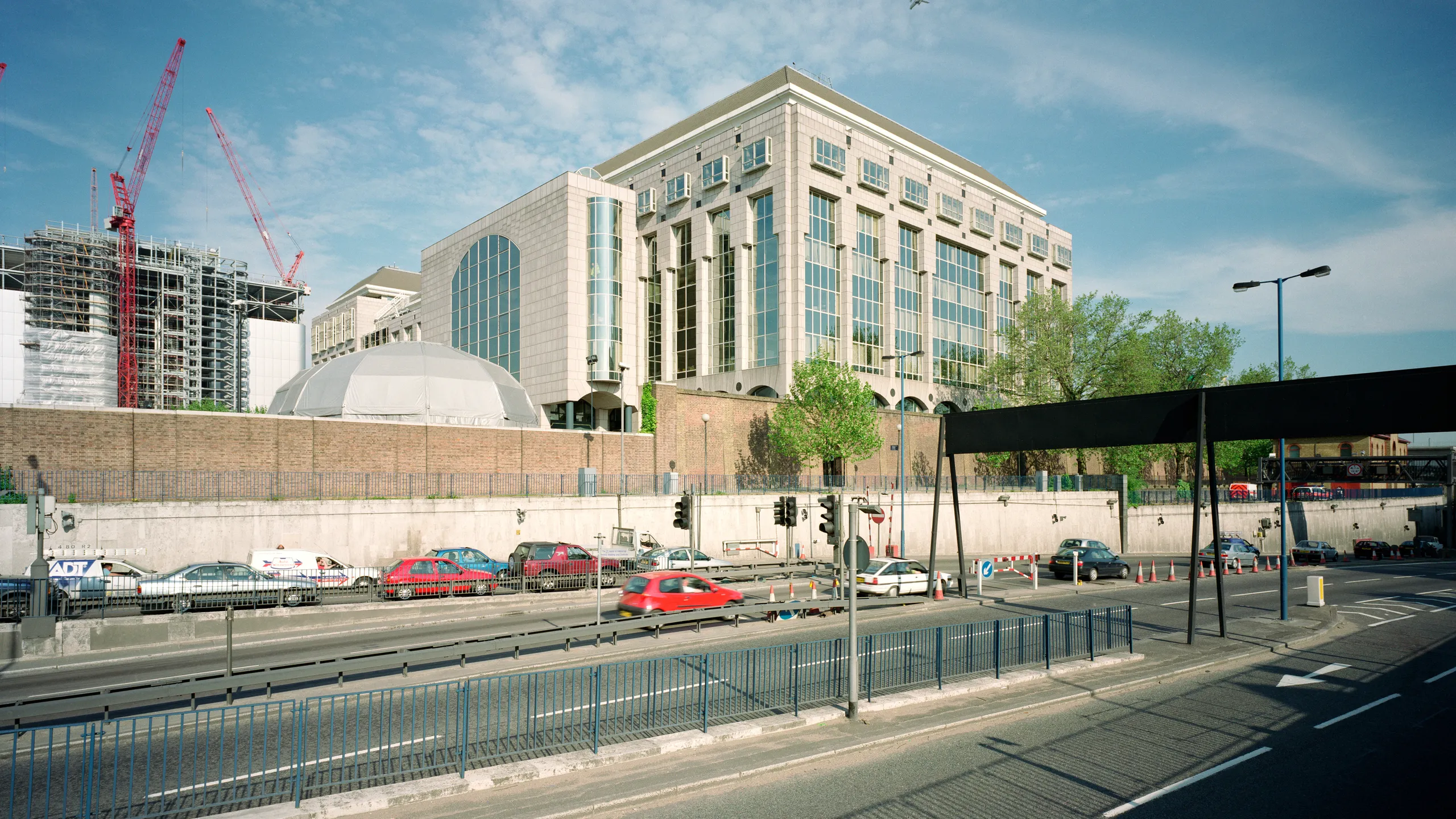
Blackwall Tunnel traffic and the new Silvertown Tunnel
Still, the tunnel’s traffic problem persists today. Those of us who use this crossing regularly will be very familiar with the polluting congestion to and from the area. Construction on a new tunnel in nearby Silvertown began in 2021, with the aim to provide extra capacity on the roads. It opened in 2025.



